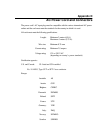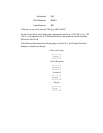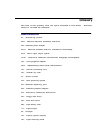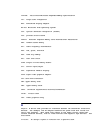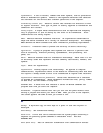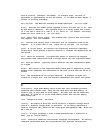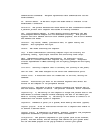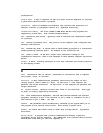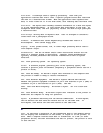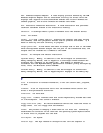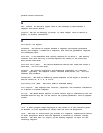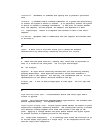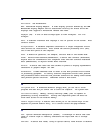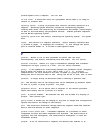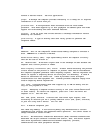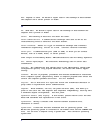
disk cache: A technique used to speed up processing. Each time your
application receives data from a disk, a special program stores data read from
the disk in a reserved area of RAM. When the application next requests more
data, it first looks for it in the disk cache, thus reducing data retrieval time.
disk drive: The device that randomly accesses information on a disk and copies
it to the computerÕs memory. It also writes data from memory to the disk. To
accomplish these tasks, the unit physically rotates the disk at high speed past
a read-write head.
disk storage: Storing data on magnetic disk. Data is arranged on concentric
tracks much like a phonograph record.
diskette: A diskette that stores magnetically encoded data used on a
microcomputer. Also called floppy disk.
display: A CRT, plasma screen, LCD, or other image producing device used to
view computer output.
documentation: The set of manual and/or other instructions written for the
users of a computer system or application. Computer system documentation
typically includes procedural and tutorial information as well as system
functions.
DOS: Disk operating system. See operating system.
driver: A software program, generally part of the operating system, that
controls a specific piece of hardware (frequently a peripheral device such as a
printer or mouse).
DSR: Data Set Ready. An RS-232-C signal that indicates to the computer that
the printer or modem is ready to receive information.
DTE: Data Terminal Equipment. The RS-232-C signals DTE and DCE indicate
whether the specific equipment transmits on pin 2 and receives on pin 3 (DTE) or
transmits on pin 3 and receives on pin 2 (DCE). See DCE.
DTMF: Dual Tone Multi-frequency. An RS-232-C signal. See also touch-tone
dialing.
DTR: Data Terminal Ready. An RS-232-C signal that indicates to the printer or
modem that the computer is ready for operation.
duplex: A parameter describing how two devices communicate. In half-duplex,
the two devices can both send and receive but not at the same time. In
full-duplex, each device can send and receive at the same time.
E
echo: To send back a reflection of the transmitted data to the sending device.
You can display the information on the screen, or output it to the printer, or
both. When a computer receives back data it transmitted to a CRT (or other
peripheral device) and then retransmits the data to printer, the printer is said
to echo the CRT.



